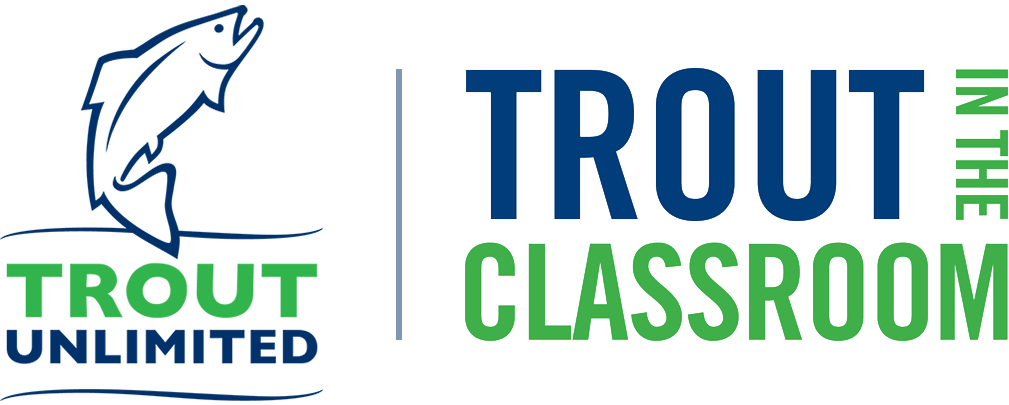- Based on the book Trout Are Made of Trees by April Pulley Sayre
- Lesson plan conceived and written by Lillit Genovesi, NYC and Watersheds TIC Coordinator
Objective: #
To help students understand and create a simplified trout food chain
Background: #
The health of a stream depends on many factors including vegetation, surrounding land, forested cover and substrate. Decomposing leaves in the streams, which have fallen from the surrounding trees, are what start the stream food chains and food webs. Bacteria and fungi feed on dead plant material. Herbivorous stream invertebrates feed on bacteria, fungi, algae, and partially decomposed leaves. These invertebrates then become food for predators, such benthic stream macroinvertebrates, reptiles, amphibian, birds, trout and other fish. This entire food chain is fueled by energy from the sun.
Materials: #
- The book Trout Are Made of Trees by April Pulley Sayre
- Crayons or markers
- Yarn (cut into 24″ pieces and tied into a loop on one end)
- Stream Species Cards, cut and hole-punched
Procedure: #
- Ask students to talk about the streams where wild trout live and how they survive there. Discuss what trout in streams would feed on and what species might prey on trout.
- Introduce the following terms: predator, prey, herbivore, carnivore, bacteria, algae, macroinvertebrates, alevin, fingerlings and other vocabulary from the book Trout are Made of Trees that students may not be familiar with.
- Read Trout are Made of Trees by April Pulley Sayre. Discuss the title beforehand and ask students what they think it means.
- Discuss how trout fit into a stream food chain including how the sun provides the energy for trees and plants to grow, leaves from trees surrounding the streams fall into the water and provide food for bacteria and herbivorous invertebrates, macroinvertebrates feed on these smaller invertebrates, trout feed on the macroinvertebrates, and larger predators feed on the trout.
- Pass out a sun, tree, and trout card to each student.
- Have students pick one macroinvertebrate (choose either mayfly or stonefly) and one trout predator (heron or otter).
- Students place cards in order showing the transfer of energy: sun — plants — macroinvertebrates — trout — trout predator and then they string them together to make a hanging food chain.





